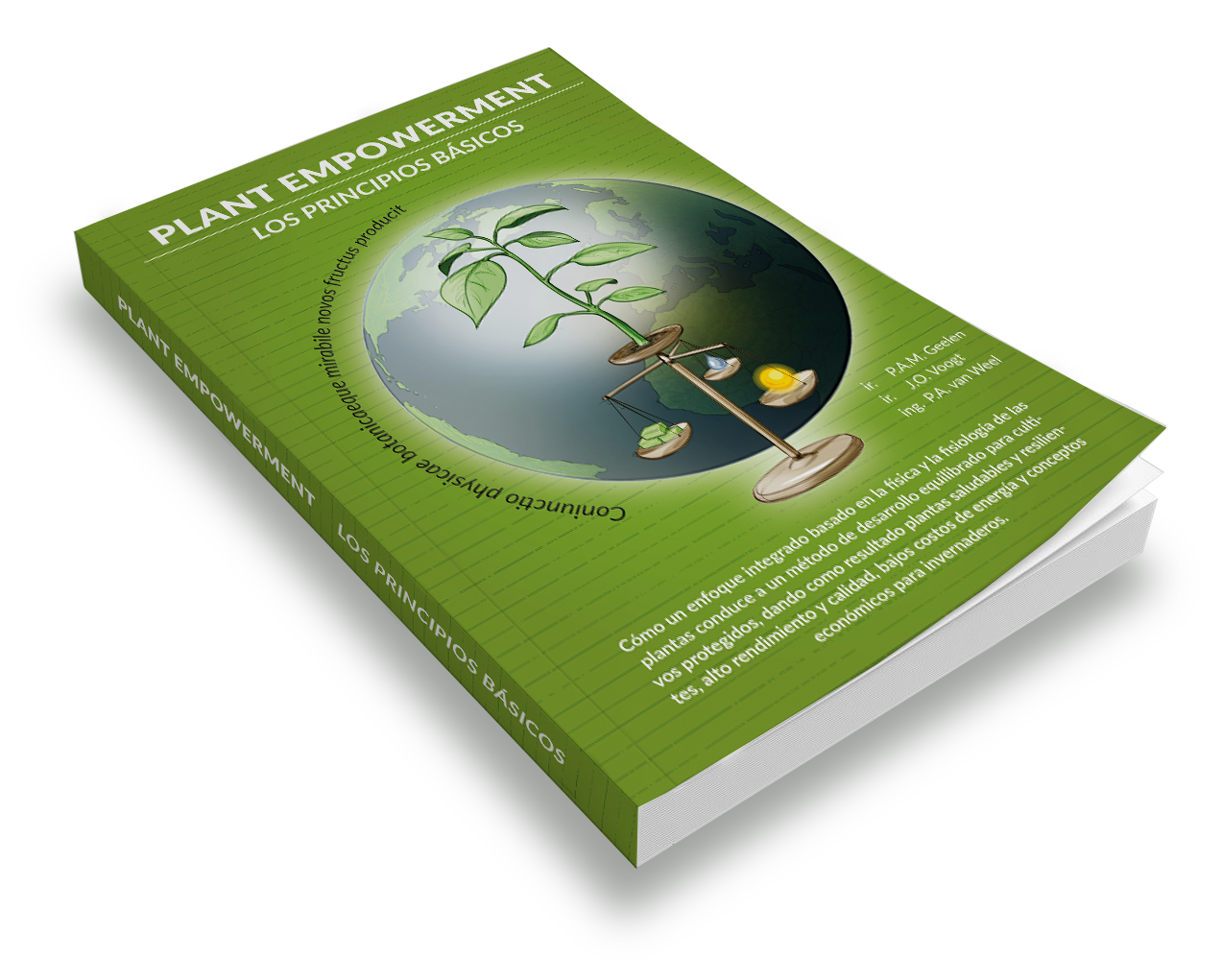Columnas
Tenga en cuenta que estas columnas pueden contener declaraciones en negrita que ponen signos de interrogación sobre los métodos y opiniones predominantes.
Actualmente, las columnas están disponibles en inglés.
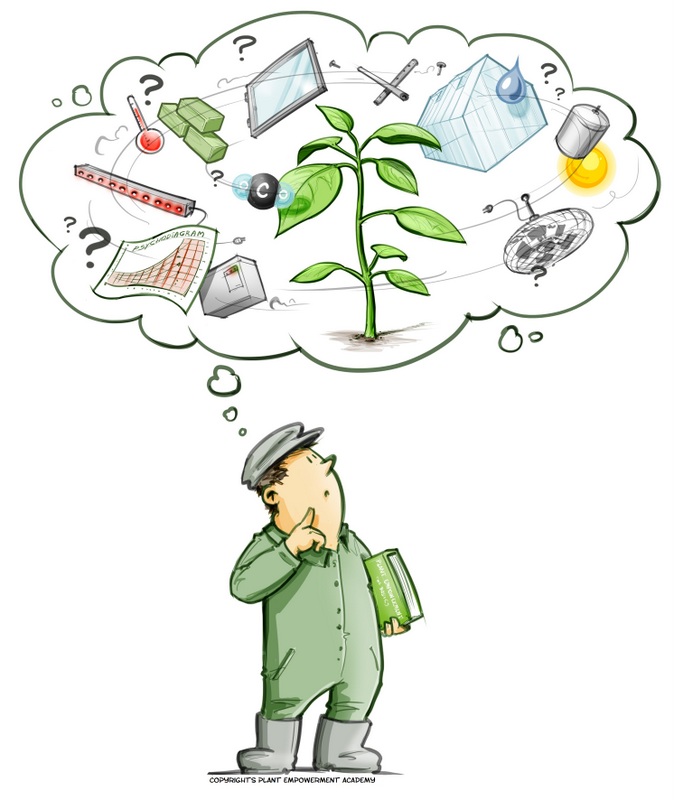
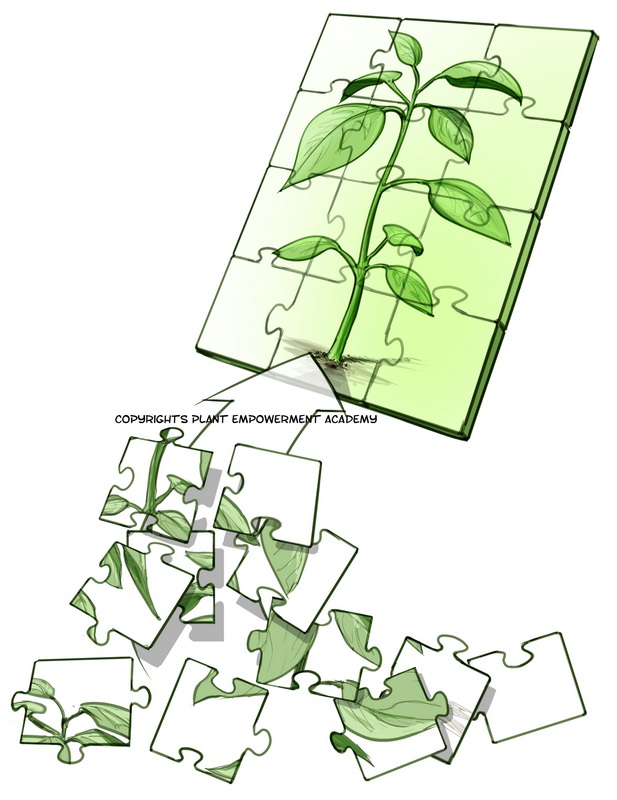
Why do we have to learn how to grow crops again and again?
By J.O. Voogt February 2022
As a teacher in the Dutch training program for growers, Het Nieuwe Telen (HNT), I occasionally hear from my students the remark, or rather the lament: ‘As growers, we have to learn how to grow our crops again and again…’ And let’s be honest, these are challenging times for most growers. And on top of that, we have to make the transition to more sustainability and less CO2 emissions. At the same time, we have to deal with ever-tighter regulations in the field of crop protection, not to mention the skyrocketing gas prices. Please, give us a break!
Innovation of technology
The old-fashioned idea that you learn everything at school for the rest of your life has now been abandoned throughout society. Due to technical innovations, everything is changing so quickly that we have switched to continuous education. You have to keep on learning to keep up with everything. If you don’t, you will be passed and left behind. This is especially true in greenhouse horticulture, where innovation seems to be going even faster than in the rest of the world. The one new technique has barely been put into practice, or the next is already tumbling over it. We innovate our socks off. And as a result, as growers, we have to learn how to grow our crops over and over again.
This was the case, for example, when we (forced) switched to substrate cultivation. But thanks to a huge effort from practice, research, and suppliers, we managed to develop a new cultivation method that enables an even higher production per m2.
Innovation of lighting
This was also the case with the introduction of energy screens, during the energy crisis in the 1970s and later with the application of intensive lighting with HPS lamps and the emergence of diffuse glass. Through trial and error, we also mastered those techniques.
The introduction of the semi-closed greenhouse at the beginning of this century was a real challenge. This did not simply require learning how to grow again but was even labelled as a quest in three dimensions. And more recently, with the large-scale application of LEDs, the cry is once again sounding: ‘We have to learn how to grow again’. And we are not ready yet, because soon we can’t use natural gas anymore and CO2 dosing will become much more expensive. So there is still a lot to learn.
Innovation of cultivation methods
Learning how to grow again and again costs us a lot of time, energy, and money. Then one sometimes thinks: could this be done differently? And yes, I think so. The problem is that we always start from technical innovations and that we have to integrate these into our cultivation methods. That means that we first try to find out how our plants respond to these new techniques and then experiment and adapt until we get a good result again. That is a difficult path.
Suppose we turn it the other way round completely? If we knew what a plant needs to grow and produce sustainably and efficiently, we were able to design a proper cultivation method. And then we can figure out which technical installations are required for this. Wouldn’t that make the puzzle a lot easier? Because plants don’t innovate so quickly. They have grown in almost the same way for millions of years.
In short, let’s just stop being guided by technical innovation, but first, innovate our cultivation methods wherein the plant takes the centre stage. Then we can continue to improve all that technology, but we don’t have to learn how to grow anymore. Technological innovation should be considered as a tool, rather than a goal.
Empower your plants
However, you may ask: what do you mean by focussing on the plant rather than on technology? Besides, aren’t we already doing that? And how can we measure and assess whether we are doing the right things for the plant indeed?
Well, we happen to know something about that. At least we know the basic principles. And if you apply these consistently, you’re already well on your way. How does that work? You can learn that by attending a Plant Empowerment course. And then you have to put it into practice and empower your plants. The good news is that your plants don’t have to get used to that, they will love it and reward you for it.
< This column has also been published on Kas Als Energiebron >
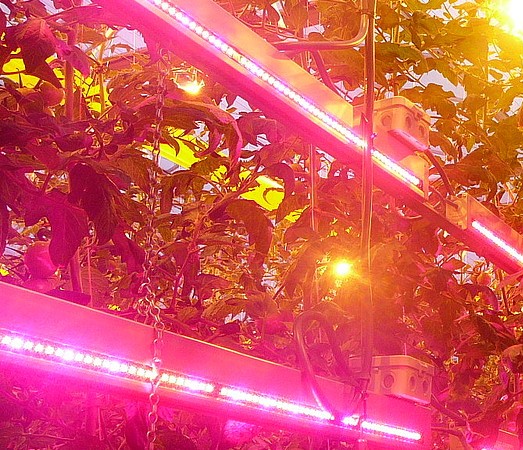
Why do plants have trouble with LED lighting?
As a teacher of the education program on sustainable growing in the Netherlands (HNT), I regularly receive questions about LED lights. Such as: what is the effect on plant growth and how best to integrate LEDs into climate control? Ever since the introduction of LED lighting, it has been noted that plants show different reactions than under sunlight or under the common HPS lamps.
This is not surprising in itself, because plants usually grow under natural sunlight, which has very different properties than artificial light.
When people started growing plants under low-pressure sodium lamps, or street lamps, this was already apparent. The solution then was to switch to high-pressure sodium (HPS), the spectrum of which contains more blue. Apparently, a plant needs that for natural development. For the same reason, about 5% blue is now mixed with red LED light as standard, creating the characteristic purple LED light.
LED spectrum offers new possibilities
In recent years, much research has been done into the effects of the spectral composition of LED light. The idea is that specific light colours can promote certain desired developments and inhibit others. An example is that Far-Red light leads to more stretching, which is favourable for good light distribution in the crop, among other things. More blue (UV) light gives a more compact growth. Experiments are also underway with green and white LED lights. And undoubtedly there is still much interesting to discover.
LED grow light costs less electricity
The main reason for using LEDs on a large scale is now the fact that they generate PAR light very efficiently. LED produces more PAR and therefore potentially more kilos of fruit or more flower sprays and pot plants per m2 at the same electricity costs. LED also allows higher light levels under a blackout screen closed against light emission without the temperature rising too much. Where previously a level of 200 micromols/m2.s PAR with HPS was common, 300 micromols is now starting to become the new standard in some crops. Theoretically, that could yield 50% more production.
In short, LED seems to be the ideal light source for the sustainable greenhouse horticulture of the future. Provided that there is enough green energy available.
How do plants feel under LED light?
Unfortunately, it is becoming increasingly clear that issues can also arise under intensive LED lighting. To name a few: purple discolouration of leaves and flowers, bumpy leaves and shorter vase life. It is also found that photosynthesis does not increase proportionally with higher PAR levels, but is inhibited by anthocyanin formation. The suspected causes are the light spectrum, but also the hormone balance of the plant, temperature effects and possible nutrient deficiencies. The last two factors make it interesting to look at the physical properties of light sources and how they affect the plant, in terms of temperature and evaporation.
How does LED affect nutrient uptake and crop temperature?
Light sources are characterized by their spectral composition. PAR light (400 – 700 nm) determines photosynthesis potential. The other components, with shorter or longer wavelengths in the radiation, contain energy that can heat up plant parts and drive evaporation. In addition, artificial light sources (fixtures) produce convection heat that can contribute to this through air movement.
At the same PAR intensity (micromol/m2.s), LED delivers roughly less than half the energy to the crop compared to sunlight and HPS light. That also means half the evaporation and nutrient supply. And of course also less heating of the head of the plant, leaves, buds, fruits, etc. And that warming up is actually beneficial to accelerate the process of photosynthesis and to keep the transport and consumption of the sugars formed in balance with the production.
Over millions of years, plants have adapted to the spectral composition of sunlight. If those plants receive mainly or even exclusively LED light, the normal relationship between assimilates production and nutrient availability is therefore out of balance. And due to the lower plant temperature, the source and sink activity will also be less.
How can LED really become a success?
So, LED light is very efficient when it comes to PAR light, but at the same time, it significantly disturbs the natural plant balances in terms of energy, water, assimilates and nutrient uptake. Additional measures need to be taken to get those balances back in order. For example, in cultivation cells and multi-layer cultivation (vertical farming), intensive air circulation is usually provided to obtain an even temperature and moisture distribution, both horizontally and vertically. This also gives a considerable increase in evaporation and thus in nutrient uptake.
How this should be done in normal greenhouses is not yet entirely clear. Maybe, choose the heating temperature setpoint higher than normal, or install an (extra) growth tube at the head of the crop or at the flower buds? Perhaps a different composition of the nutrient solution, or perhaps more (vertical) air movement? Or is hybrid lighting not a bad idea after all? Screens against radiation to prevent the crop from cooling down are an obvious choice in any case.
In any case, one thing is clear; to make the large-scale application of LED a real success, we will have to take the natural needs and properties of plants more into account and not just focus on technology. In addition to light utilization, heat utilization is also essential in the context of sustainability.
Faster and more efficient
Fortunately, we now have modern sensors such as the net radiation meter and the thermographic camera. This allows the energy input to the plant and the (vertical) temperature distribution to be measured and visualised directly. This, therefore, works much faster and more efficiently than the old-fashioned research method of trial & error.
* This column has also been published on Kas Als Energiebron *
Who still believes in the pre-night drop and morning dip?
Introduced about two and a half decades ago, the idea of using a sharp temperature drop to encourage fruit production is still a source of contention.
November 2020 By Jan Voogt
As a teacher of the “HNT (Het Nieuwe Telen) Learning Groups”, an educational program where Dutch growers are taught the principles of Next Generation Growing / Plant Empowerment, I am frequently asked whether I am in favour of the pre-night drop (PND) and morning dip (MD).
As I recall, the idea of the pre-night drop in tomato cultivation popped up in The Netherlands about 25 years ago. At the end of the afternoon, the temperature in the greenhouse had to be lowered considerably in one rapid motion – the faster the drop in temperature, the better. It was believed that this pushes the assimilates towards warmer fruits, so they become bigger. Besides, it was assumed to promote strong plant heads and trusses.
However, there have been questions from the beginning as to whether this hypothesis is correct. I still remember how one renowned crop adviser argued, that after a sunny day, you should allow the plant to process the assimilates produced during the day; however, the pre-night drop would make this more difficult. This adviser published yield figures of growers who used the pre-night drop and of growers who didn’t apply it. Although there was no noticeable effect of PND, it did not help to support his case. It was like crying in a desert.
More recently, the idea of the so-called morning dip arose, which is very commonly applied as well. After a night under a closed or non-closed energy screen, you should theoretically let the greenhouse temperature make a short dip. This is supposed to promote strong, short trusses. Both the PND and the MD are widely considered to be generative actions and form the basic tools of any serious tomato grower and crop consultant. There have been no discussions about this for a long period of time.
Considering Plant Empowerment
We have been reconsidering both hypotheses in light of the principles of Growing by Plant Empowerment (GPE). Again, considerable doubts arose. Warmer parts of the plant can attract more assimilates, but colder leaves also release the formed assimilates more slowly. So, with quick cooling during the pre-night period, wouldn’t you shoot yourself in the foot? Moreover, this stagnates the supply of nutrients, including calcium, to the growth point. Wouldn’t this increase the risks of, for instance, blossom end-rot and tip-burn? A rapid build-up of root pressure can also cause guttation. And after preparing the crop for the day with a slow warm up, what does a morning dip do to the activity of the plant? Which runner would take a cold shower after his warm-up exercises, just before starting the race?
Data from WUR research
In response to these doubts and questions, Wageningen University & Research (WUR) conducted an extensive study into the effects of temperature treatments on greenhouse crops. The results were published in a 2012 report called ‘Temperature strategies in conditioned greenhouses, Effects on growth, development and underlying processes in tomato’ (Report GTB-1123, available in Dutch on the website www.kasalsenergiebron.nl). In short, all three hypotheses considered to be the basis for PND and MD have been proven incorrect in this study:
- A pre-night drop does not increase the transport of assimilates to the fruits and does not increase fruit weight;
- Plant cell elongation cannot be influenced by a temperature strategy such as PND and MD;
- Most of the cell elongation does not take place in the morning but in the evening.
These findings coincide with the principles of GPE which advocate for, among other things, keeping the screen closed for longer at the start of the day and closing the screen earlier (to 80%) at the end of the day. This helps protect the plants against the negative effects of heat emission by longwave radiation. This screening method also ensures better moisture control and the effective use of free energy from the sun.
New experiences
These new insights on PND and MD have been slowly implemented in practice throughout the last ten years. Fortunately, there are now sensors which provide increasing evidence to support this with hard facts. Total plant weight measurements demonstrate that a PND slows down growth substantially. Thermographic images show that MD can lead to more water stress when the sun’s radiation becomes intense. More and more growers tell me that they have gradually abandoned their familiar PND and MD strategies only to see positive results occur, including healthy growth at the plant heads, good fruit set, and strong trusses. In the meantime, they have learned that the desired crop development (generative/vegetative) can be achieved more easily by maintaining a steady ratio between the 24-hour temperature and the light sum on a daily basis, and by controlling the plant load. This stabilises the assimilates balance and affects almost all plant processes, including the health of the plant in a positive way.
Believers and non-believers
What concerns me now is that these growers sometimes tell me in confidence that they hardly dare to share this information with their colleagues. They seem to think that, if your opinion differs from the rest of the group or if you question the advice of a well-known crop specialist, you will be considered a non-believer or shunned, and you will no longer be taken seriously. That feels very uncomfortable, and not uncommonly, growers will return to the old methods under this peer pressure. One would almost think that PND and MD are a part of some belief system. Everyone can, of course, have their own opinions, which is always food for thought and good for discussion. But if you are no longer open to new facts and insights, then development stagnates. And, as Dutch growers often say, “standing still is moving backwards.”
Autonomous Greenhouse Challenge 2020 – Tomatoes
Recently, the world learned how the “Automatoes” team won the Autonomous Greenhouse Challenge, which was organised by WUR this past spring. Surprisingly, this was achieved without the use of PND or MD whatsoever. The winning team claims to have applied smart computer algorithms, also known as Data-Driven Growing (DDG), in addition to the principles of GPE. Among other things, they maintained a steady temperature / light ratio and protected the crop against heat emission consistently during the cultivation period. This way, they made optimal use of the plant’s natural growing power, leading to the highest yield, the best quality, and growing the most efficiently and sustainably of all competing teams.
Working together sustainably
Hopefully, this article will prompt believers to reconsider the supposed benefits of PND and MD. I also hope this may encourage non-believers to come forward with their experiences. Because efficient, sustainable, and profitable cultivation is the real challenge to which the entire horticultural sector faces, we must all work in unison to test new insights critically and to also dare let go of old, outdated insights. Intelligent computer algorithms can help us because they do not work based on feelings and habits; only on hard facts. Data-driven growing has no difficulty in switching to new strategies if they result in better yields. The outcome of the Autonomous Greenhouse Challenge clearly indicates how the transition to sustainable and profitable greenhouse horticulture can be accelerated.
* This column has also been published on Greenhouse Canada and Kas Als Energiebron *
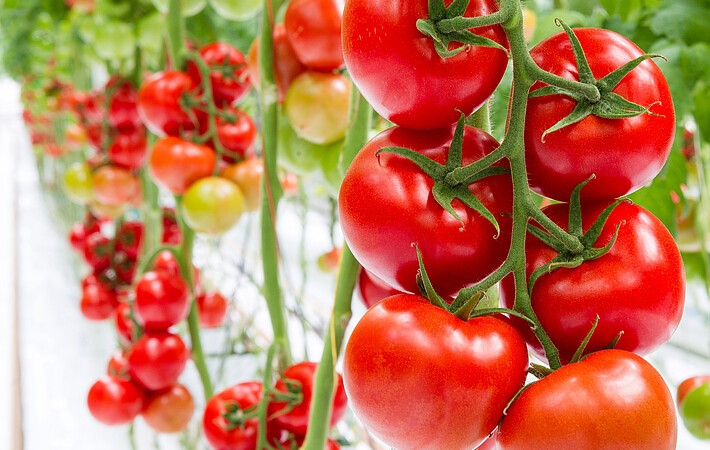
El libro
“Plant Empowerment los principios básicos”
Los autores de “Plant Empowerment los principios básicos”, ir. P.A.M. Geelen, ir. J.O. Voogt e Ing. P.A. van Weel ha dado un poderoso impulso innovador a la búsqueda mundial de una horticultura de invernadero sostenible y rentable.
Desde su introducción en 2018, Plant Empowerment ha disfrutado de un creciente interés internacional por parte de productores, investigadores, consultores, instituciones de conocimiento y legisladores. El libro, que está disponible en holandés, inglés y español, ya ha vendido miles de copias en más de treinta países.
